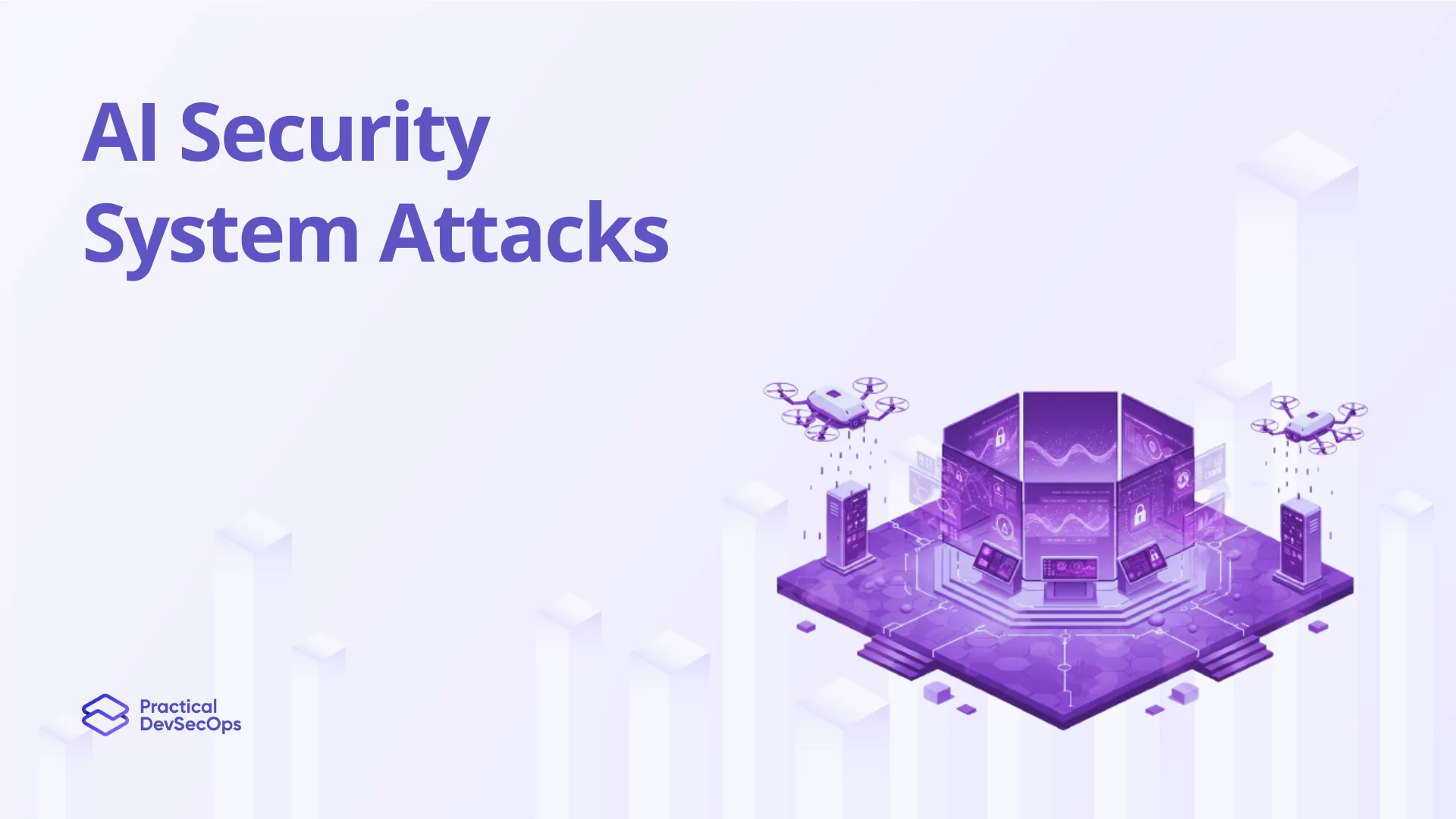As businesses increasingly integrate software from a variety of sources, the need to secure the software supply chain becomes so important. The introduction of the Zero Trust security model offers a strategic method to mitigate these rising vulnerabilities effectively. This guide delves into how Zero Trust principles can be seamlessly integrated into your software supply chain security strategies.
Grasping the Vulnerabilities of Software Supply Chains
The journey of software from development to deployment encompasses numerous stages, each susceptible to cyber threats. Notable vulnerabilities include risks associated with third-party components and outdated software dependencies that lack recent security updates.
The fallout from notable breaches like SolarWinds and Log4Shell has brought to light the critical nature of securing supply chains. These incidents highlight the dire consequences of inadequate security measures.
Also read about the Threat Intelligence for Software Supply Chain Security
Decoding Zero Trust Security
Zero Trust operates on a foundational principle: trust no one, verify everything. This approach deviates from traditional security models that rely on defined perimeters to designate safe zones. Under Zero Trust, every request for access is treated as a potential threat, irrespective of its origin, and must undergo rigorous verification processes.
Also read about the Applications of Software Supply Chain Security
Strategies for Implementing Zero Trust in Your Software Supply Chain
Adopting Zero Trust involves several strategic steps:
- Comprehensive Asset Cataloging: Keep an inventory of all software components and their origins.
- Rigorous Access Control: Apply the principle of least privilege to ensure that access rights are minimally allotted based on necessity.
- Security Automation: Leverage automated tools to consistently evaluate and uphold the security integrity of the supply chain components.
- Ongoing Monitoring and Assessment: Maintain vigilant monitoring over all system components, reassessing their security status regularly to maintain compliance and prevent breaches.
Supporting technologies such as automated vulnerability scanners and software composition analysis (SCA) tools are essential in underpinning these Zero Trust principles.
Also read about the Managing Vendors for Software Supply Chain Security
Overcoming Challenges and Best Practices
Transitioning to Zero Trust can be challenging, particularly within systems built on older technologies that might resist modern security practices. Furthermore, a shift in organizational culture towards proactive security vigilance is often necessary. IT leaders and security teams must navigate these hurdles thoughtfully, prioritizing continuous education and protocol updates to ensure seamless integration of Zero Trust measures.
Also read about the Software Supply Chain Security Issues and Countermeasures
Conclusion
With the complexity of software supply chains on the rise and their critical role in operations expanding, implementing Zero Trust is not just advisable—it’s imperative. This approach equips businesses with the necessary tools to shield themselves against the continuous evolution of cyber threats.
Are you ready to upgrade your defenses? Begin by evaluating your existing security measures and consider how integrating Zero Trust principles can elevate your organization’s security stature.
Join Practical DevSecOps for our CSSE course and become a software supply chain security expert. Advance your career with hands-on skills. Enroll today!
You can also Download our Free PDF Safeguarding Software Supply Chains in the Digital Era







0 Comments